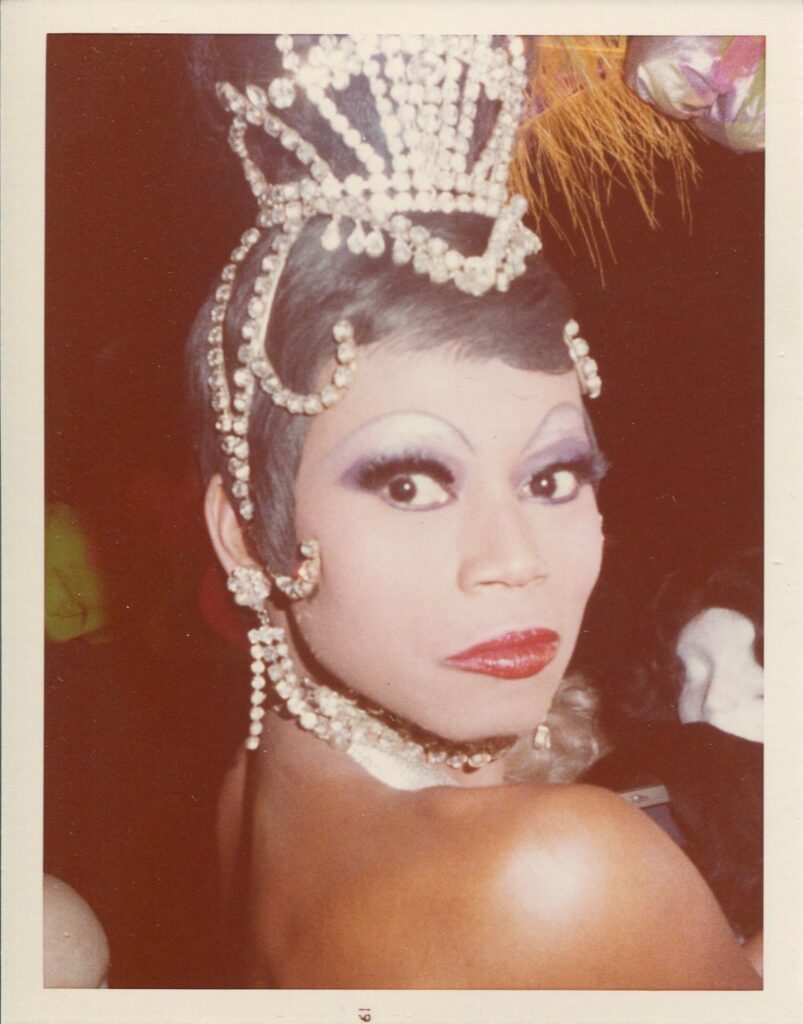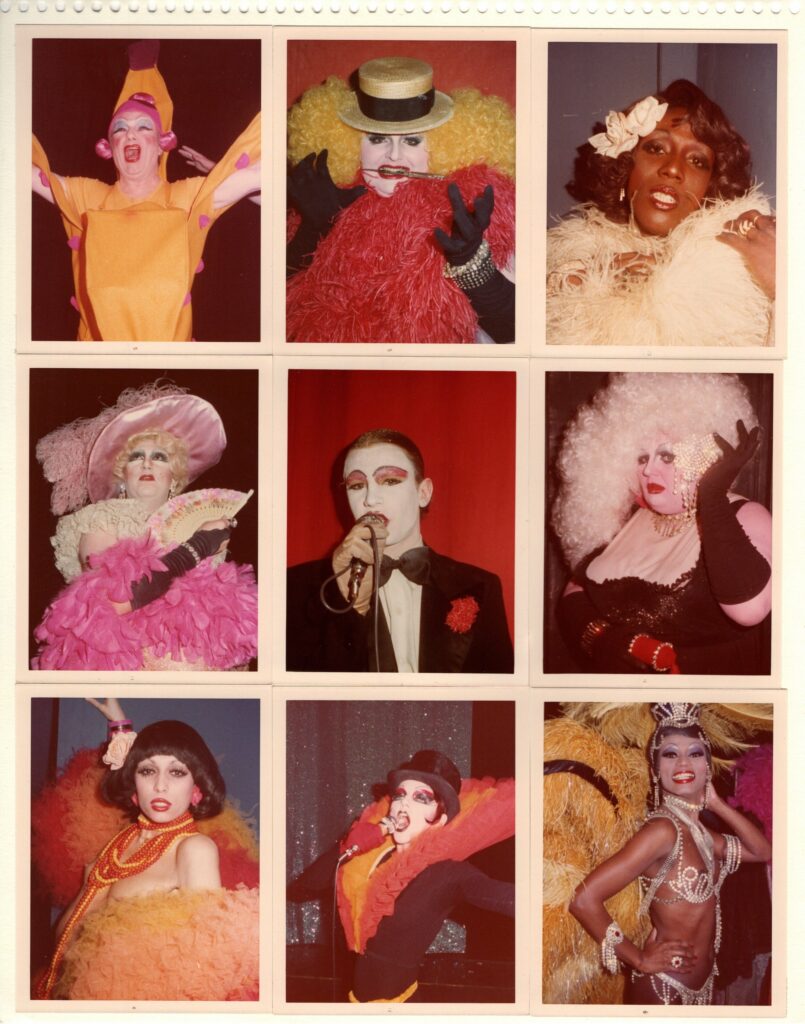With the introduction of prêt-à-porter in the late 1960s, the hard boundaries around high fashion began to shift as a new generation took the stage, embracing the countercultural ethos of the times.
As queer Puerto Rican men, Antonio Lopez (1943-1987) and his business partner Juan Ramos (1942-1995) stood at the vanguard of photography, art, fashion, and pop culture over the course of their three-decade career, single-handedly creating space for people from all walks of life at a time when the industry centered white, cisheteronormative archetypes.
Antonio’s Girls — as Pat Cleveland, Tina Chow, Grace Jones, Jessica Lange, Cathee Dahmen, and Jerry Hall were popularly known — transformed the look of fashion just as disco brought queer people of color to the forefront of pop culture. But Lopez and Ramos didn’t stop there.
Throughout their career they pushed the boundaries of to drawing, painting, photography, sculpture, and fashion design by integrating a pansexual, multi-gendered approach to art long before there was a language for it.
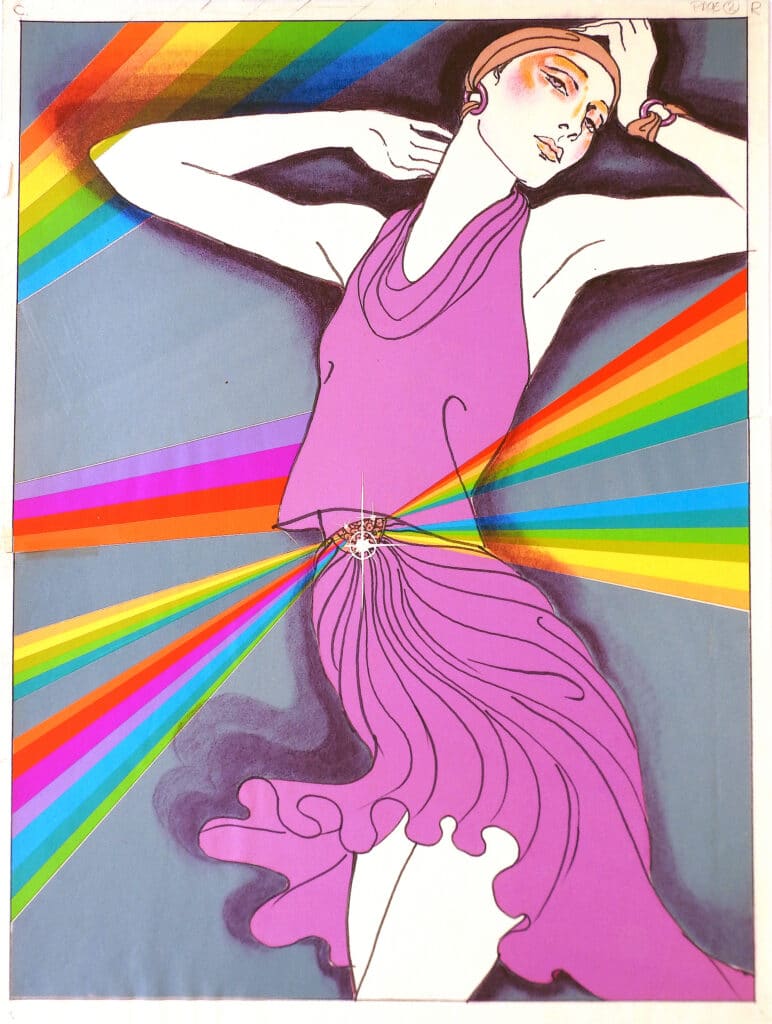
Lopez and Ramos met in 1962 at the Fashion Institute of Technology and quickly became the most influential illustrators of the age.
By mid-decade, they had established themselves at Women’s Wear Daily and The New York Times, under the signature “ANTONIO,” at a time when illustration was still the dominant visual language of the fashion industry.
But their sensibilities were far too forward-thinking for the conservative mores of the time, so in 1969, Lopez and Ramos decamped to Paris, where they could nurture their vision in a more open and inclusive environment.
Working Day and Night
As in the Paris of the 1930s, as chronicled by Brassaï, nightlife at the turn of the 1970s embraced the full flowering of sexuality across the gender spectrum. “When Juan, Antonio, and I lived in Paris, they were very interested in drag culture,” says artist Paul Caranicas, director of the Antonio Lopez Estate and Juan Ramos’s partner for 24 years.
“At that time, Club Sept was the place to be. It was all mixed in: gay, lesbian, trans — everything. Antonio had just discovered taking pictures with his instamatic camera and would record the drag queens in their different personas.”
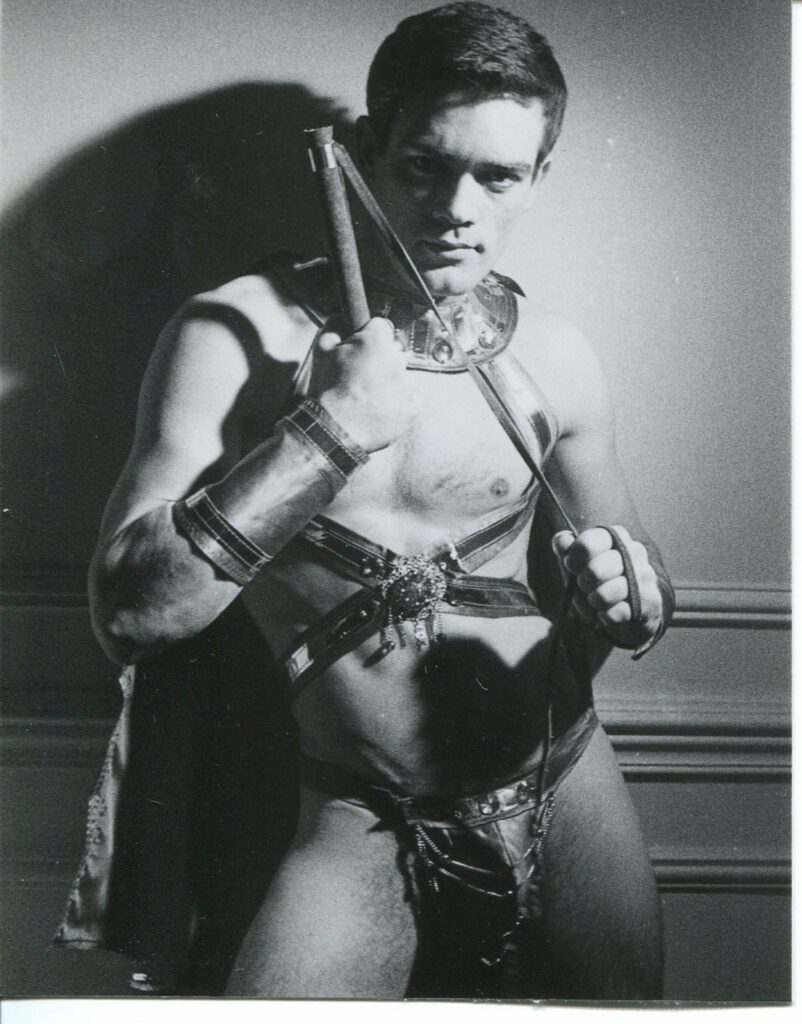
Everything came into focus when Andy Warhol arrived and announced his plans for a Paris issue of Interview. Lopez proposed an exploration of café society, chronicling the social scene as it unfolded in the nightclubs, the tea rooms, and other spaces where the demimonde rubbed feather-covered shoulders with the jet set charting trips to Paris on the Concorde.
“They gave us a budget and that became the impetus for a job Antonio wanted to work on because we had more time,” Caranicas remembers. “They ran with it, even after the job ended, he kept his interest up.”
From these seeds, a lifelong love affair was born — one that forms the heart and soul of the new exhibition, Antonio: Kind of a Drag. Bringing together 22 original works on paper and 20 Kodak Instamatic photographs, the exhibition considers Antonio Lopez and Juan Ramos’s interest in drag, gender, and identity that shaped their personal, commercial, and editorial work over 30 years.
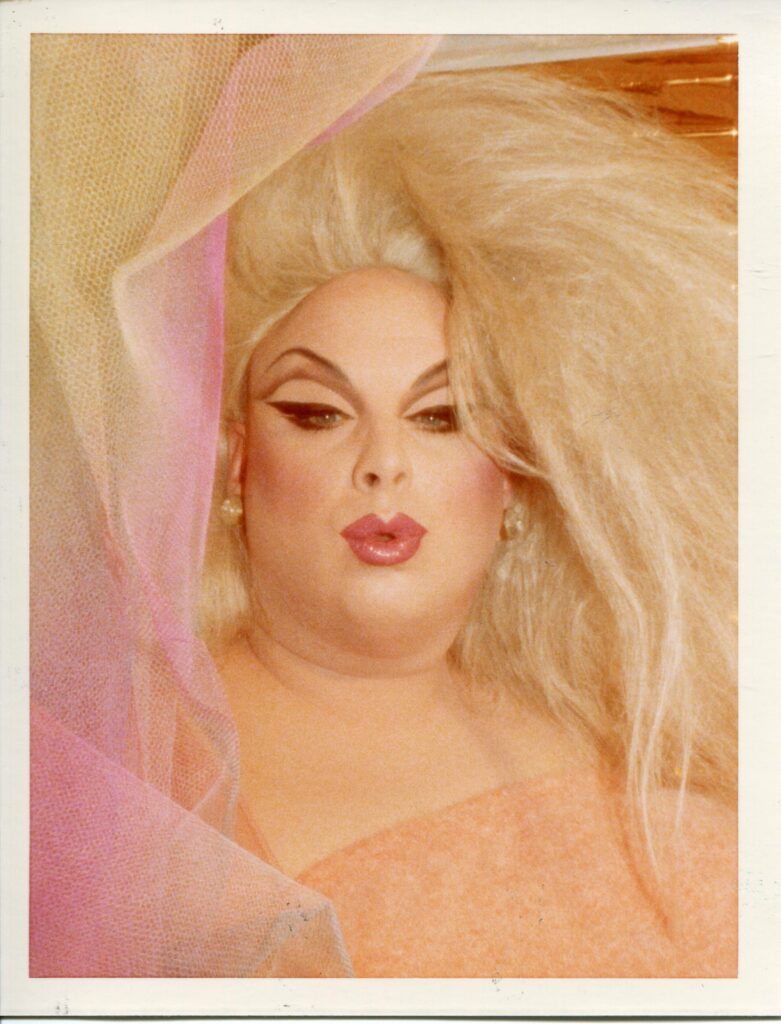
Off the Wall
Initially Juan Ramos had started out as the photographer of the pair, chronicling their lives in 1960s New York. “Before they moved to Carnegie Hall, they had a two-story apartment on 13th Street and they used to throw drag parties there. Juan had several 35mm cameras and he recorded their lives during those days, mostly in black and white,” says Paul Caranicas.
Antonio Lopez took up photography around 1971, when he started working with a Kodak Instamatic camera, and later the Polaroid. “It opened up so many doors for him because he was able to express everything he felt about the things that he drew,” Caranicas says.
“Photography could record people in a serial way, where he could devote himself to one person moving around on the shoot. They could present three photos on a page in a cinematic way, accompanied by a drawing, for magazines like GQ.”
The photo album also played a pivotal role in the development of Lopez’s photography practice. Following the grid format, which allowed them to lay out 9 images on a page, Lopez began shooting increasingly sophisticated sequences that are displayed as a single work of art.
The Café Society series includes one such work, showcasing vivid color portraits of performers made in Parisian drag clubs like L’alcazar.
Rock With You
In 1975, Antonio Lopez and Juan Ramos returned to New York, just as the city took a turn for the worse. But with the collapse of the economy came a new kind of freedom and embrace of the street culture and communities that formed the backbone of the city that never sleeps. “Antonio was very outgoing and gregarious,” says Paul Caranicas.
“He loved people and he loved to walk around the streets. He grew up in the Bronx so it was in him already. Maybe he held back a little bit from expressing that as an artist because you can only say so much within the pages of The New York Times, and ultimately the editors and directors are going to manipulate, change, or censor it,”
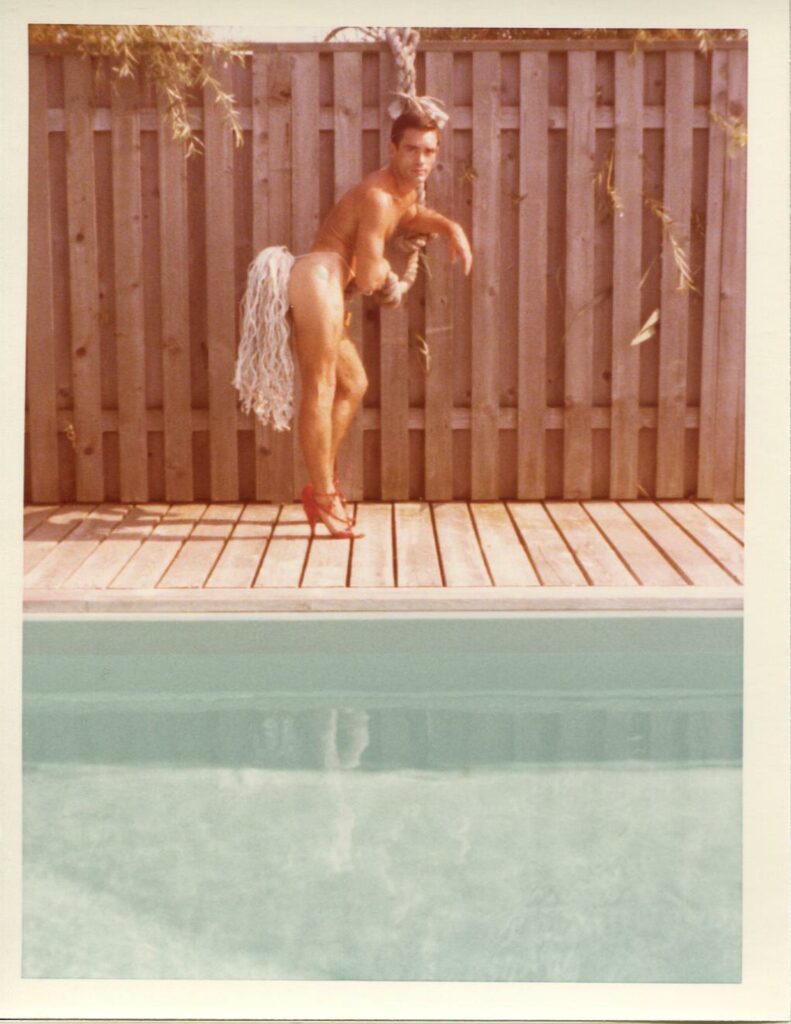
To maintain control over their vision, Lopez and Ramos learned to hold back, submitting the finished drawing at the very last minute when it was too late to make changes. They also worked with companies like fashion designer Norma Kamali, whose vision was much more closely aligned with their own.
No longer bound by respectability politics, they were able to integrate aspects of their personal lives into their work, styling the Kamali 1985 swimwear campaign with a decidedly BDSM flair.
“The freedom that came with the ‘80s was because of what was happening in the ‘70s with acceptance of models of color and gay freedom. Even the staunchest mainstream magazines realized they had to go a little further, so it all exploded at that time,” says Caranicas.
“That made it a lot easier for Antonio, who was also working with gay sex magazines like Blue Boy and theater magazines like After Dark, to present other voices and reach audiences that impacted culture.”
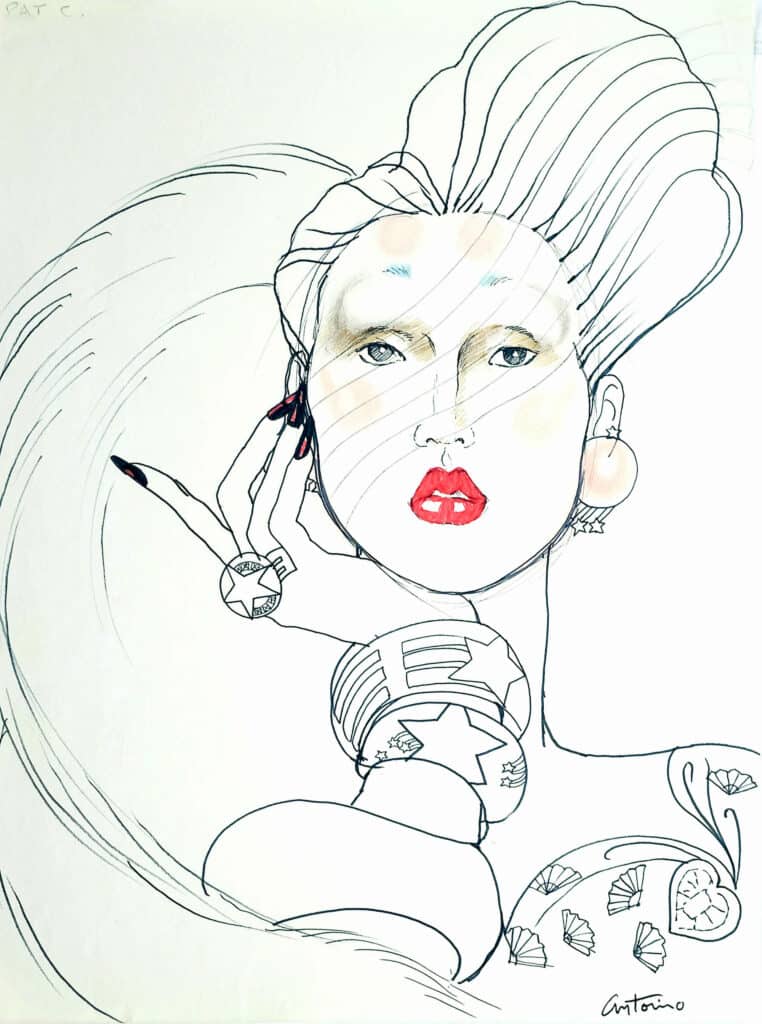
When looking at the work of Antonio Lopez and Juan Ramos as a whole, one can easily draw a straight line from the groundbreaking work they did throughout their career to the broad embrace of gender, sexuality, race, and ethnicity in contemporary fashion, photography, and pop culture today.
Antonio: Kind of a Drag is on view through December 17, 2022, at Daniel Cooney Fine Art in New York.

